Media | Articles
This 342,000-mile Cavalier should make you rethink GM’s J-cars
It takes a particular owner to save a “boring” car. But when a time-capsule survivor appears out of context on modern roads, amid today’s commuter class, we tend to remember the depth of cultural memory tied up in ordinary machines. That’s exactly what happened when Tom Bohn’s immaculate 1985 Chevrolet Cavalier CL rolled up to the Radwood PNW show last year. It quickly drew a crowd, many observers recalling a friend, co-worker, or neighbor “who had one just like it.” More shocking than the 37-year-old Cavalier’s stunning condition was the reading on its odometer: 342,000 miles.
In 1980s and 1990s America, the Cavalier and its J-car siblings were omnipresent road furniture. Cheap transportation for millions of people. It was a rosy outcome for a car that suffered a disastrous 1981 launch that earned it a starring role in Brock Yates’ The Decline and Fall of the American Automobile Industry. Though the Cavalier was ostensibly intended to compete with the best of Japan at the time, it was comparatively heavy, underpowered, and unrefined. Then, the Cavalier rebounded to become America’s best-selling car in 1984 and 1985.
I have many J-Car memories. My mother’s coworker, Otis, whose red Cavalier sedan sometimes provided rides in New York winters when we were car-less; my friend Jane, whose beat-up red Z24 convertible took us clubbing in college; and my friend Amon, who hauled used books in a shabby blue Olds Firenza wagon. Some of these cars were fun, like my friend Kyle’s turbocharged Buick Skyhawk. Many happy memories were made with them, but one word defined them all: Cheap.
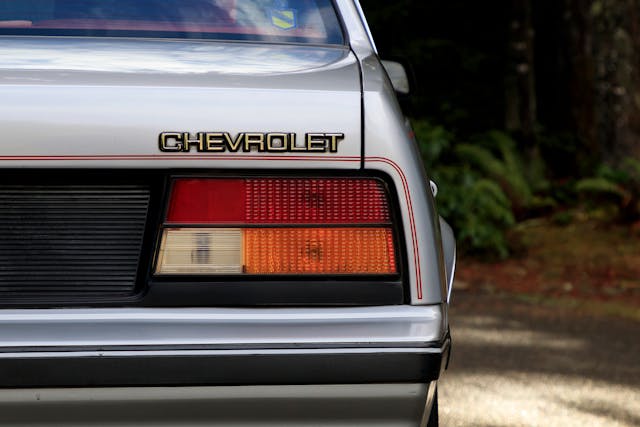
The Cavalier’s best-seller years were a form of redemption, but the car was never able to entirely shake the image cast by Yates’ book. GM’s decision to keep the same basic design on sale until 1994 while leaning into fleet sales, value pricing and easy credit for first-time buyers only reinforced its bottom-feeder image.
Does any of that matter today? Bohn’s car and many others absorbed years of hard use, gave decent fuel economy, and fulfilled their intended use as basic transportation for regular folk. All sorts of flawed vehicles are car-show gold today, but J-Cars of all stripes still struggle for acceptance.
Marketplace
Buy and sell classics with confidence
Bohn’s car, and a dedicated group of younger J-car fans online, make the case for fresh perspective.
The World Car That Wasn’t
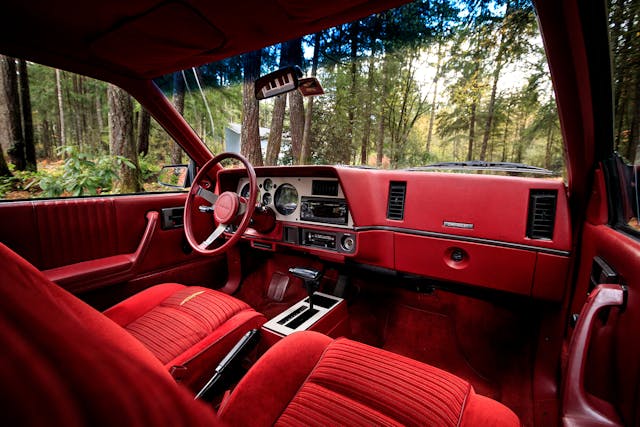
An early example of a GM “world car,” the J-body would ultimately be sold on six continents by all of GM’s car brands, including Cadillac and Isuzu. Unlike the old-fashioned Chevette, which was hastily adapted by Chevy from the rear-drive global T-car platform in 1975, the J was envisioned as a modern front-driver aimed at the original Honda Accord.
An instant hit, the Accord’s popularity only grew after a four-door arrived in 1977. It was fairly basic inside, but consumers recognized its superior material and build quality, lithe handling, fuel efficiency, and straightforward pricing. In the end, the International-spec Js, led by the Opel Ascona, indeed came out fairly Accord-like. By U.S. standards they were Spartan and firm of suspension but tossable and precise. Not so the Cavalier.
Chevrolet’s engineers, who called the shots on the American J-cars, decided early on against sharing a variety of components with Europe, starting with Opel’s revvy overhead-cam (OHC) “Family II” engine. Though Pontiac’s engineers loved it, Chevy’s tech folks balked at its complexity and instead designed a cheaper-to-build, but less powerful, overhead valve (OHV) design. They also insisted, for cost reasons, on re-using many suspension and mechanical pieces from the larger X-Car Chevy Citation, even though it meant added weight.
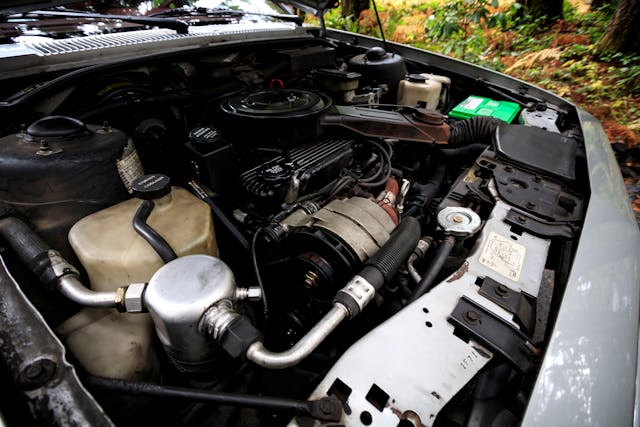
There were other issues. The X’s many recalls presented an opportunity to improve the J, but despite suppliers being hauled in for training, parts being rejected and more quality oversight, the J-body managers couldn’t overcome years of inertia. GM’s production system couldn’t match Japanese lean production methods (something that became very clear when GM partnered with Toyota at the NUMMI plant).
Styled in the Chevrolet II studio led by the late Gordon Brown, who moved to Opel after the cars were completed, the Cavalier had an angular but plain shape. A slinky hatchback coupe, the “Type 10,” was as exciting as it got.
The result of all this was a Cavalier that was heavier, slower, and less refined than the Ascona or the Accord. As introduced, it came only with an 88-hp carbureted 1.8-liter four mated to a notchy four-speed or a power-sapping three-speed automatic. Its suspension and interior were tuned for softness, not finesse. Its lack of power was obvious at the 1981 press drive in Tempe, Arizona. Zero to 60 took an agonizing 14 seconds.

There was also the options game. While the Accord had a relatively high price, it came with few customization choices. But Chevrolet dealers were used to getting customers in the door on a low starting price and then selling a long list of options. At the Cavalier’s launch, there were four bodies, and only loaded-up versions, some stickering for $2500 more than Accord.
The much-hyped May 1981 launch fizzled, and the Cavalier was instantly saddled with a rep for being overpriced and underpowered. Months later the even-nicer second-gen Accord debuted, further undermining the Cavalier.
The Comeback
Realizing its error even as Yates wrote his book, Chevrolet hurriedly created less expensive stripper models like the Cavalier Cadet.
1982 was essentially a lost cause, but for 1983 the engineers stroked up the engine into the 2.0-liter LQ5, which it fitted with throttle-body fuel injection. Power stayed the same, but with 10 percent more torque lower in the rev band, it felt more responsive. Chevy also replaced the four-speed with the Getrag 282 five-speeder, which was nicer to drive. In late 1983 a convertible bowed, Chevy’s first droptop since 1975. Meanwhile, Pontiac, Buick and Olds were allowed to source a Brazil-built version of Opel’s “Family II.”
To put more distance between the updated Cavalier and its debut, it was given a visual refresh for 1984, with a new four-headlamp front end, egg-crate grille and body-color bumpers. It looked alarmingly Cimarron-esque—good for Chevy but bad for Cadillac.
Prices came down, too. In 1982, only the stripper Cadet and the cheapest two-door Cavaliers started for less than $7000. In 1984, except for the convertible, they all did, and even with options that made them much more price competitive. Sales more than doubled, to 462,600 cars in 1984 and another 383,700 in 1985, the year the Citation’s 2.8-liter V-6 was made optional. The Cavalier was not as refined or well made as the Honda, but it wasn’t a bad performer for the money—particularly the Z24 added in 1986. Notably, Honda wouldn’t add a V-6 until 1995.
This was a moment of triumph, but there was no follow-up. While Opel replaced the J-car Ascona with its first Vectra in 1988 and U.S. eyes were focused on creating Saturn, the Cavalier just kept rolling out of the factory with modest changes for almost another decade. It did get larger, slightly more powerful engines (in 1991 and 1992) upgrades like anti-lock brakes (in 1992), but its age was progressively harder to hide.
The Family Heirloom

It was in this price-cutting, face-lifting frenzy that Tom Bohn’s parents ordered their Cavalier at Dan Tobin Chevrolet in Columbus, Ohio in the fall of 1984. “They traded in a ‘72 Ford Maverick Grabber,” Bohn says, “And paid $49 over invoice.” Chevy’s options game totaled a quarter of the $9433 price, the heavy hitters being air conditioning ($630), the automatic ($295) and the CL custom interior ($275).
The car arrived in December and knowing Ohio’s reputation for rust, “We got it Ziebarted right away.” This and careful driving, Bohn says, is why it’s so clean. “At Radwood people thought it had 42,000 miles!”
Bohn’s taste in cars is varied and in the 1970s he owned two Ford Capris and fixed up a disused Jaguar E-type in 1975, but it was his own experience with a Citation X-11 that led him to recommend the Cavalier. “Car and Driver and the other magazines loved that car, but I waited for them to sort the bugs out and bought one in 1983.” Indeed, the X-Car’s high-profile problems were a black eye for GM, but it made the X-11 a fun bargain.

“It just handles so well,” Bohn says, “Even compared to the Capri.” The X-11 remained his daily for 16 years and, along with the Jag, moved with him and his wife to Washington in 1989. The positive experience with the Citation, and its trouble-free nature, made the Cavalier an easy recommendation when his parents needed to replace their two-door Maverick with something more practical.
After Bohn’s move, his mother was still living in Ohio and using the car every day. When she had to stop driving in 1998, the car only had 39,000 miles on it. “It was in great shape, but it wasn’t worth anything. Maybe $500? I thought, ‘it’s basically a brand new car, it’s better just to keep it and use it.’” With his Citation getting ragged from years of use, Bohn decided to bring the Cavalier to Washington to use while he restored the X-11.
Commuting from the Kitsap Peninsula to his job maintaining steam heating systems at the University of Washington was a 130-mile round-trip commute if the ferry system didn’t cooperate. Late nights and odd work hours, Bohn says, meant that the then 15-year-old car was soon pressed into 600-mile-a-week service, and it ran like a top. Aside from changing the oil every 3000 miles and the coolant every three years, only the heater core has been replaced.

“I feel like the reason these cars didn’t survive is that people just didn’t maintain them,” Bohn says. “I kept hearing all the time how American cars just weren’t any good, but in my experience, I hardly had to do any work on these cars, just change the oil and keep them clean.”
Through all this yeoman service Bohn never considered the Cavalier a collector car. “The X-11? Sure, and I’m in an X-11 club, although I’m not really an online person.”
To his surprise, and probably that of many former J-car owners, there’s a thriving, 15,000-strong member Facebook group for GM front-drive fans, and a few equally large ones just for Cavaliers. Many of their members are also under 35. They’re used to dealing with J-car stigma, but they also have experiences similar to Bohn’s.
“When I take mine to shows, people will walk around looking at all the muscle cars, commenting how badass they are,” says Chevy Celebrity whisperer and GM front-drive fan Matt Krantz. “But when they see my car, it triggers actual memories of when they or a friend had one and it’s all smiles and laughter. It’s a great time!”
***
Check out the Hagerty Media homepage so you don’t miss a single story, or better yet, bookmark it. To get our best stories delivered right to your inbox, subscribe to our newsletters.









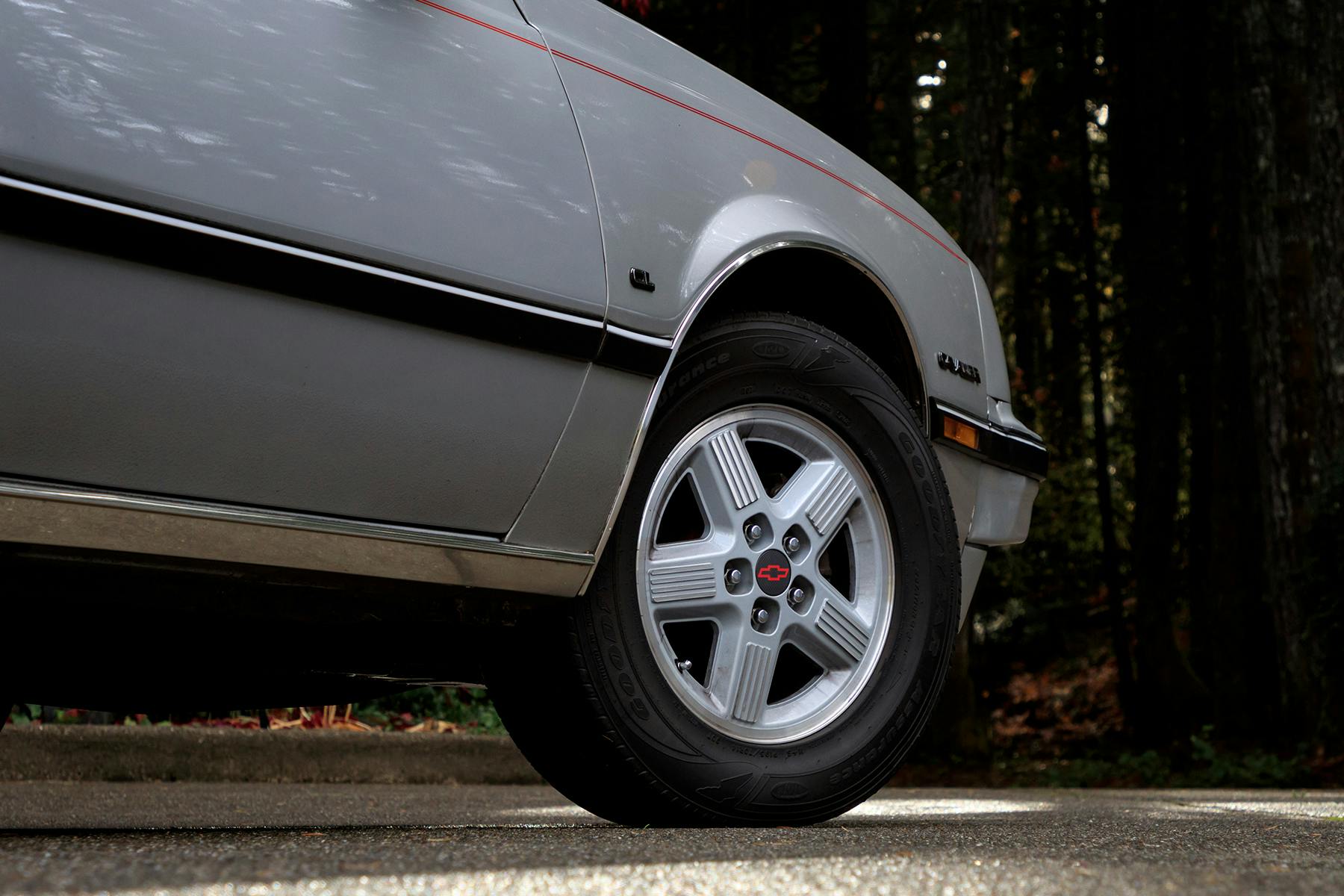

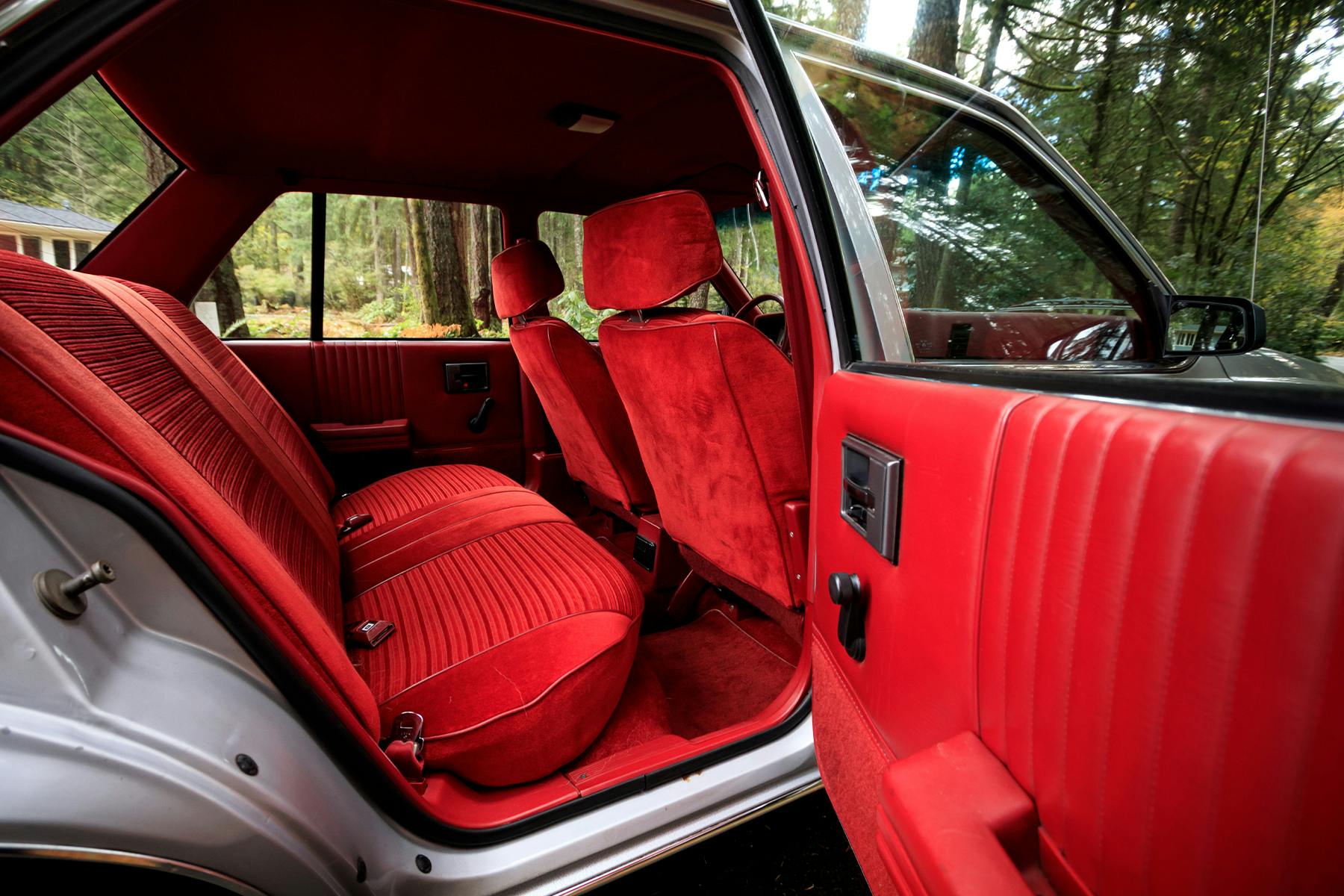

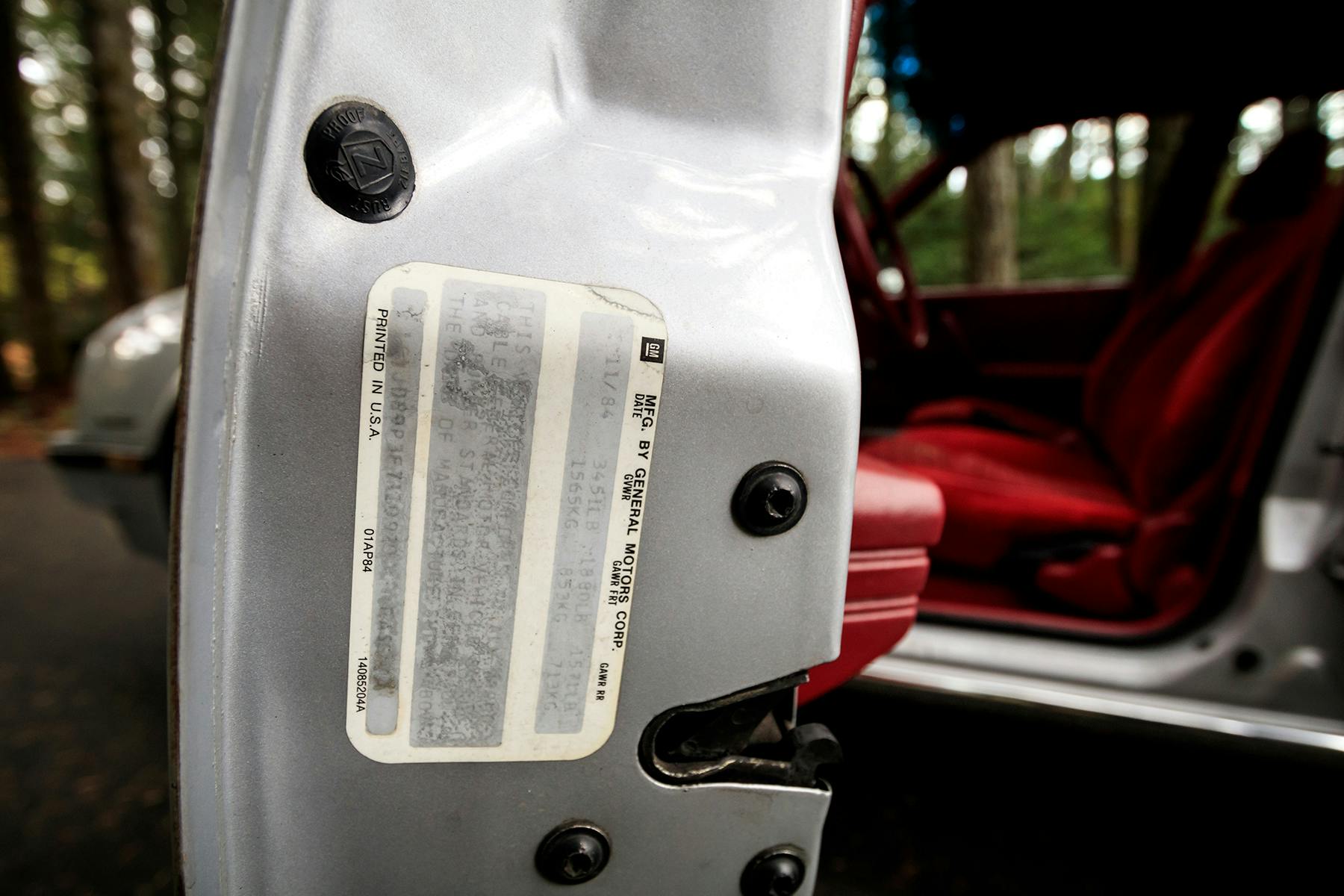
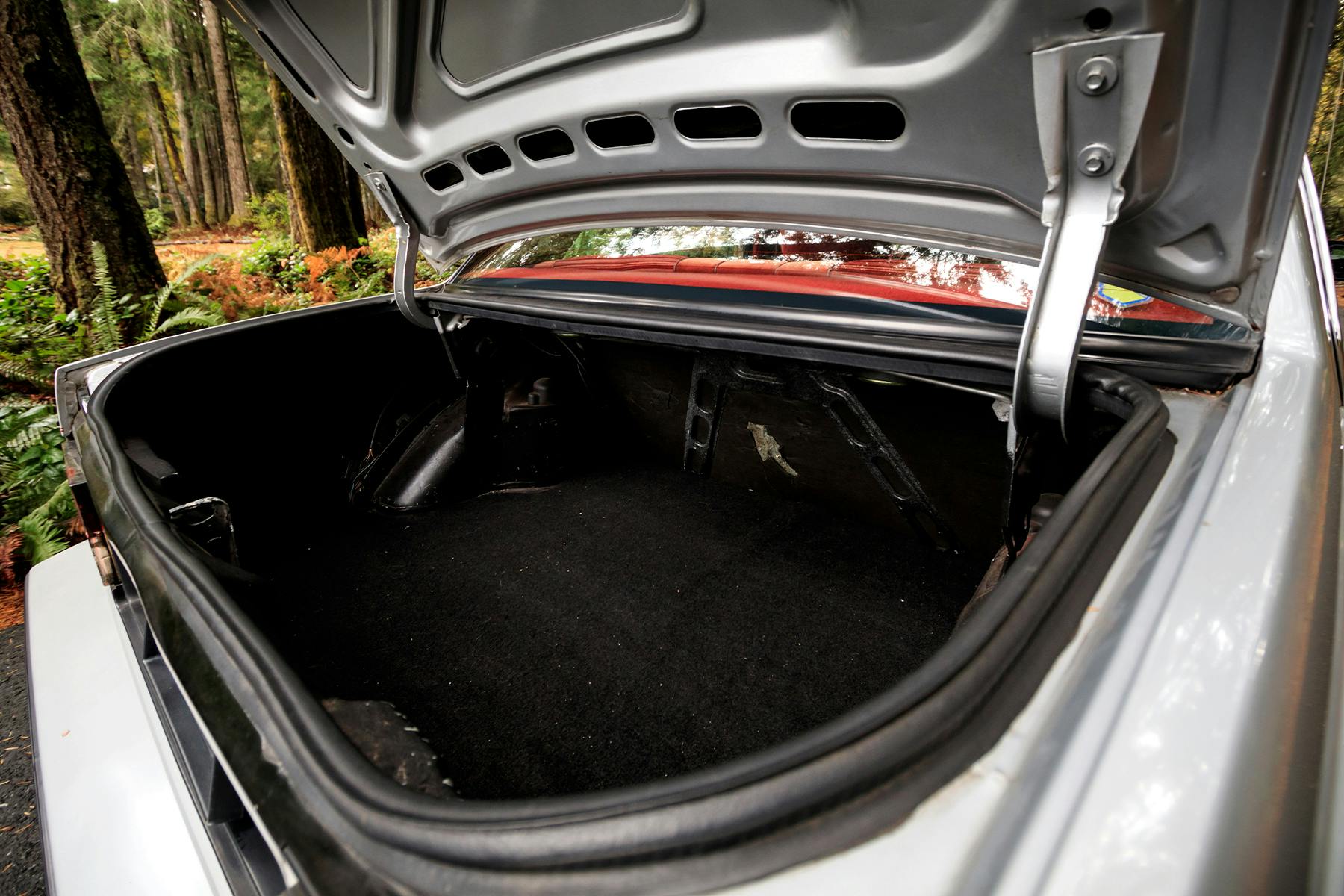
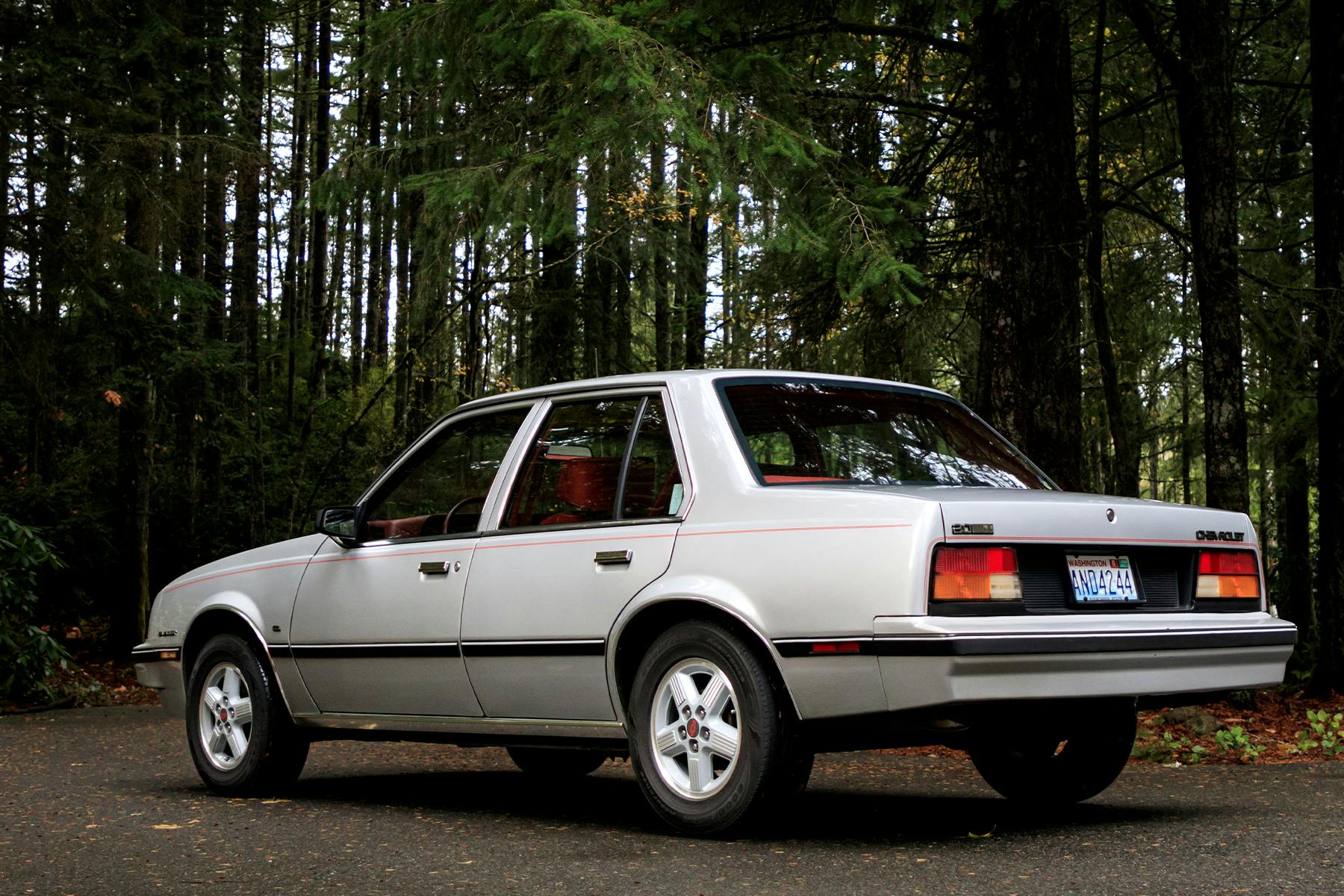
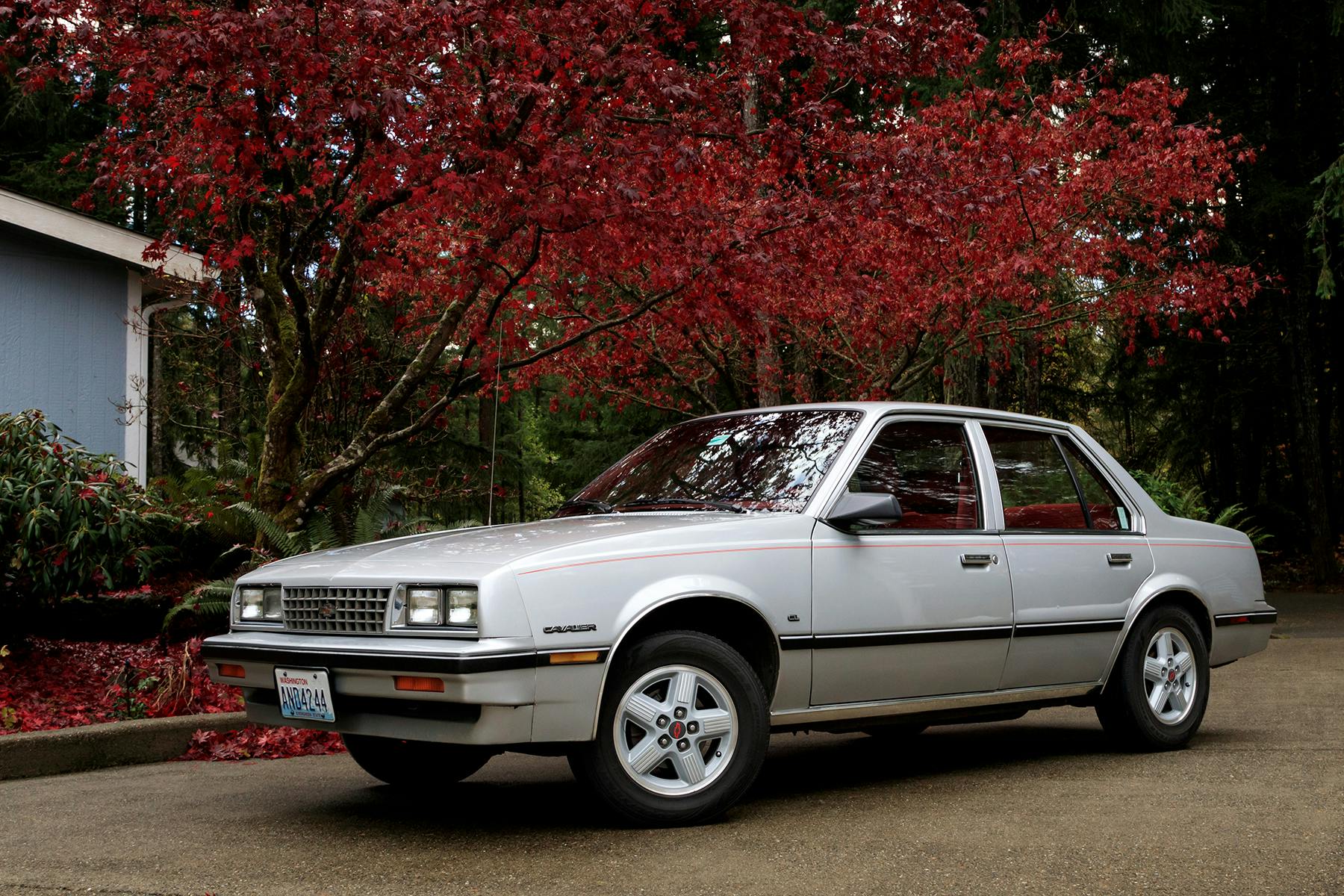
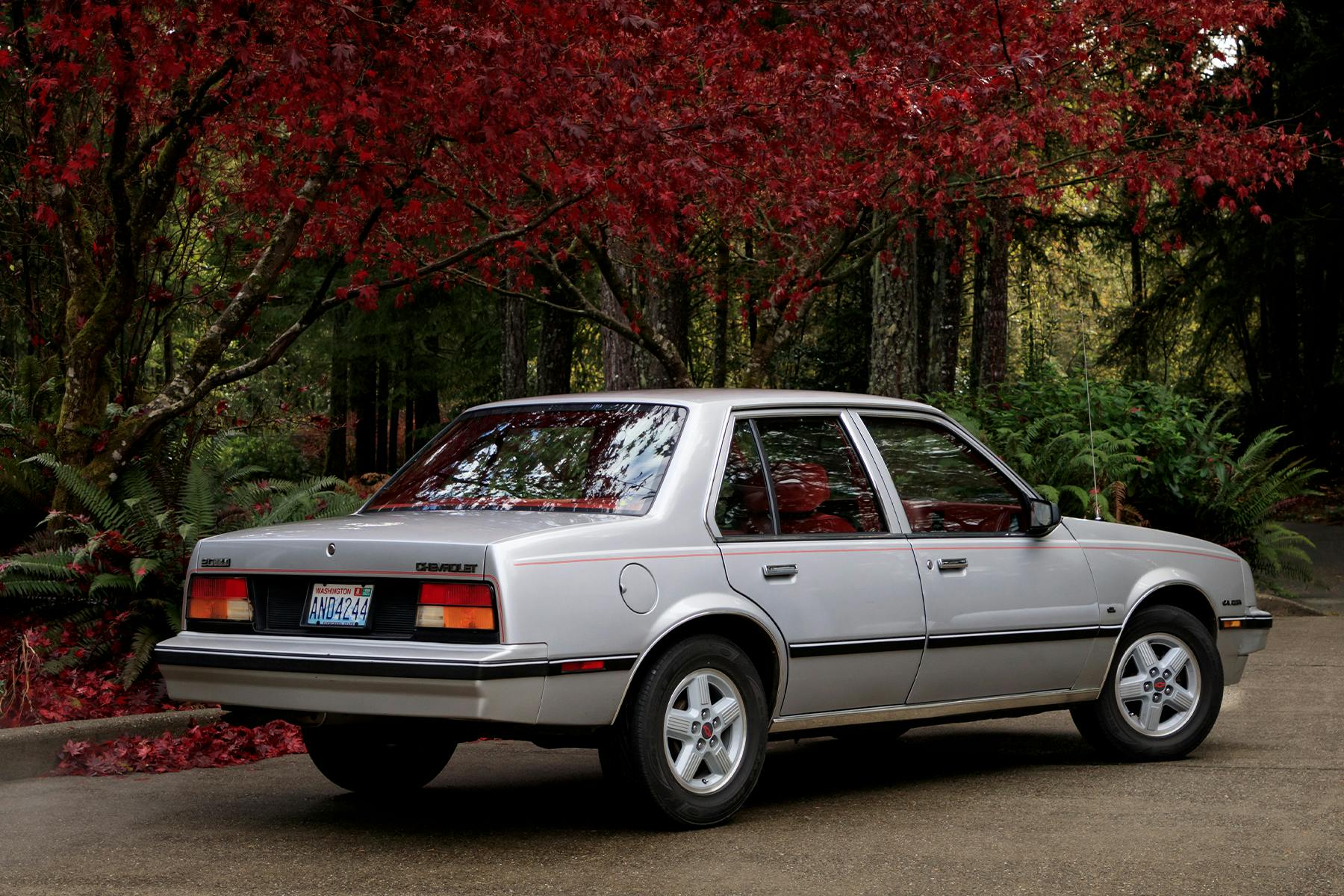





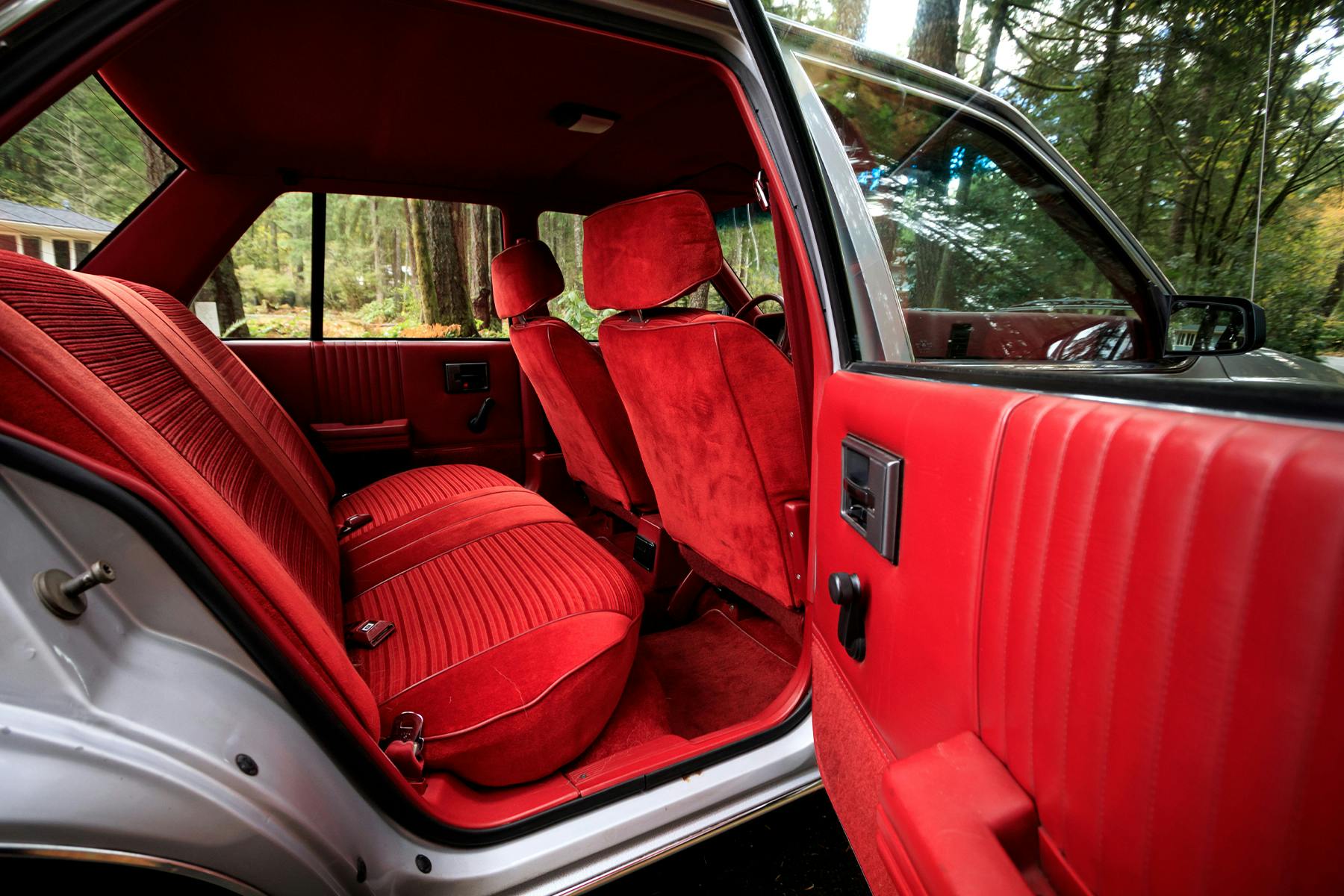






By the standards of the day, the Accord was anything but basic inside. At a time when American compacts had rubber mats, plastic seats, and nothing standard, Accords came standard with 5-speeds, carpets, cloth seats, full instrumentation, remote gas and decklid release, maintenance minders, visual information displays, color coordinated dashboards, center consoles, rear defoggers, coin trays, reclining seats, and metallic paint. The LX model even had standard air conditioning. A base 1980 Accord sedan had a nicer interior than a small Buick, let alone a Chevrolet.
They can say what they like but the mid and small GM FWD cars were not perfect but they ran and ran and ran. They also were cheap to fix and easy to repair.
Here in the mid west the cars you would see in school parking lots were Cavaliers and Cruze. Even the Barretta and Grand Am’s were every where for 30 years.
As for the old Honda’s the rust and expense of keeping them on the road relegated them to the scrap heap here.
These cars may have had faded paint and worn interiors but they would always start and run and if they needed anything it was a cheap easy repair with no timing belts and or chains.
I have family in WV that drive a lot and they have used W body GM cars for years and seldom move on from them till nearing 400K miles. To this point no engine or transmission issues. Leaky sun roof and paint peal but still running. The Mitsubishi power Chrysler lost the head gaskets at 80K miles.
Same here. My wife was driving a 91 Sunbird 3.1 V6 coupe when we met in the late 90s. We drove that car another 10 years and retired it with a quarter million miles on it. It was ragged looking, but ran like a top.
And I’ve been driving early 2000s Bonnevilles since 2001. First car: 250k miles. Second car: 185K (didn’t break, but interior was really ragged out by previous owners, so I picked up a better quality one when I stumbled on it). Current car 183K and running strong.
I admire people who in the face of adversity swim against the tide. In fact I myself have done the same with my ’93 Accord. Which by the way just turned 30 years old this month and is featured on my friend Tyson Hugie’s YT channel.
https://youtu.be/lV6yT92En-c
I’m definitely with Tom on this. I’m used to enjoying just the type of car that most people never gave a 2nd thought to, much less keep and meticulously maintain it long enough for it to become a “collectible.”
Everything written here with regards to car events is true. It’s been my experience too, these “ordinary” cars draw more eyeballs than many more rare and expensive exotics! I think it’s that they resonate so much more with the average person. Especially younger generations who grew up with them. Just about everyone either owned or knew an owner while growing up.
It matters not how plentiful or mundane they were, they’re far fewer of them today and given Tom’s (and my own) penchant for keeping them original only seems to make them that much more popular.
Good on you Tom! I salute you and hope you continue to enjoy yours as much as I do mine…
My dad had a citation when they first came out. I was totally impressed with the front drive when I rented a 4dr Cavalier in california. Within the next year after a lot of mail from caddy Cimeron I bought a new 2dr CL hatchback. It was a beauty with all the options of its day. Soon as I got in the car I knew something was wrong. The car had several inches less headroom than the four door version. I had the car rustproofed but the lower skins of the doors rusted out. At fifty thousand miles the power steering got heavy at times the 50,000 mile warrantee would not cover the 1500 dollar job, The new style reclining seat backs broke. the gear stripped. Oh and the dealer did not have the wheel discs or the rear lid energy absorbers when I took delivery of the car but those parts were in the car when I looked at it on the lot. too bad, it was not a corvette but a pleasant little driver that got good mileage. I kept it two or three years then got rid of it.
Another great little GM car was the Pontiac Grand Am. We had several in our family. The little four bagger would get 35 mpg on the highway and the seats were very comfortable. In fact they were the same seats that were used in the Camero and Firebird cars.
outside of the noisy timing gear the car was OK. Now we have among our family collection a 1991 Nissan Stanza for door sedan that was our Mom’s car. A clean beauty but the rear window broke somehow. I have been looking all over New York and I cant find a replacement glass for that car. any suggestions?
I owned an ’84 Cimarron, purchased used in ’88 from a local Cadillac Dealer who was forced to re-build the head by the original owner. The TBI 2-liter had cracked around an exhaust valve and was letting coolant into the #3 cylinder. I don’t know if that was a common problem on those engines. The engine was antiquated from the start. That dealer just wanted the space the car was taking up and let it go at a good price. It WAS a lot nicer than a Cavalier, though I can’t imagine anyone buying one new. I had to sell it to keep going in law school; it was replaced by a $500.00 GMC pick-up.
Now the values have inversed. Any truck it seems is worth more than a nice Cimarron or Cavalier. A J-car is a nice, simple car to keep running if a person could find one with no rust. Some of the younger folks are not into wasting money and are interested in things that can be maintained. That’s hope for the J-cars, Ford Escorts, and Dodge Omni’s that are still going. It’s always fun to see one on the road.
Dad bought Mom an ’82 J2000 wagon with 1.8L carb’d Chevy motor and 4 speed manual. She hated it but I liked it, even if it was slow as molasses. I thought the clutch and shifter were excellent and I could shift so fast, I didn’t have to let off the throttle. After getting out of college, at 167K miles, the trans exploded at 85 mph on the e-way and brought us to a screeching halt. Luckily 2nd gear still worked and I was able to limp it home. Pulled the motor out, bought a hatchback with a bad engine, bored the 1.8L .060 and installed it in the hatchback. drove that a few years and found an ’83 Type 10 with FI 2.0L Chevy engine and auto, which I really liked. The Type 10 handled excellent. Then bought a brand new ’96 Cavalier. All in all I liked them all. They were very durable vehicles, cheap to own, and easy to work on.
Honda has a legacy of good build quality, but the 70’s and 80’s Hondas did not hold up well in the salt ridden rust belt. I had a 1990 Buick Riviera, that car looked fantastic in 2002 when I sold it, even the floor pan I could eat off of, only the suspension and cradles had rust on them. Only thing I needed to paint was a new gas door which was the only part to rust out, the replacement was galvanized. I had a friend with an (Honda) Acrua Legend, 1990 as well. IT was a nice car but by the late 90’s it was starting to rust pretty badly. In the Midwest (I am in Michigan) the Cavalier/Sunbird/Skyhawk/Cimmeron/Omega from this generation were so plentiful you could not throw a rock in a parking lot without hitting at least 3.